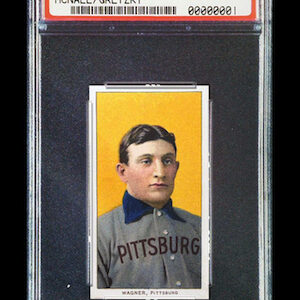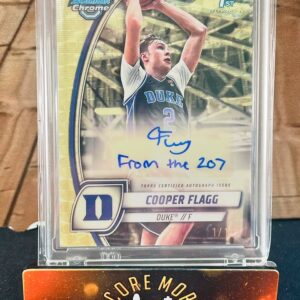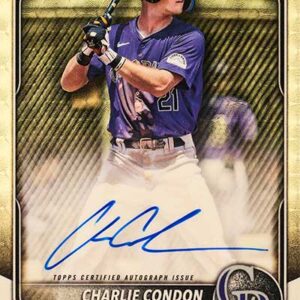Jason Koonce, the founder of OTIA Sports, recently had the opportunity to sit down with Dmitri Young, a former MLB All-Star, to discuss what has been described as Young’s potentially $100 million historical card collection. This discussion brings together the worlds of professional sports and rare collectibles, highlighting the significance and value of sports memorabilia in today’s market.
Dmitri Young, known for his powerful swing and infectious energy on the field, has been collecting baseball cards since his early playing days. Over the years, Young meticulously curated a collection that includes some of the rarest and most coveted cards in the industry. What started as a hobby became an investment in history, as Young acquired rookie cards of Hall of Famers and mint-condition rarities.
During the interview, Koonce, an expert in the field of sports memorabilia, explored the various factors that contribute to the value of Young’s collection. He discussed the cards’ conditions, rarity, and market demand, which collectively could appraise the collection at around $100 million. Koonce’s extensive experience in the sports memorabilia market allowed him to analyze the fluctuations in value over the years and highlight specific cards that have appreciated significantly.
As Young shared the stories behind some of the centerpiece items in his collection, it became evident how deeply collectors can be emotionally attached to their pieces. He recalled the thrill of chasing down a rare 1909 Honus Wagner card, a gem in the world of card collecting. Young also spoke about the bittersweet moment of finally acquiring a Joe DiMaggio rookie card that he had been searching for. These anecdotes provided a glimpse into the personal connections and nostalgia that collectors develop with their favorite pieces.
However, the conversation took a poignant turn when Young revealed that he had to part with the majority of his collection a few years ago. Although the reason behind the sale was not disclosed, Koonce and Young discussed the implications of such a decision. They pondered the “what could have been” scenario, reflecting on the potential for the collection to reach a staggering value of $100 million.
Koonce shed light on the skyrocketing sports memorabilia market in recent years. He explained that a combination of nostalgia, advancements in the digital age, and a new wave of wealthy enthusiasts looking to own a piece of history has driven the market. He emphasized that Young’s collection is not just a treasure trove of cards but a reflection of baseball history itself, encapsulating the faces and statistics of the game’s greatest players.
Ultimately, the interview not only highlighted the extraordinary worth of Dmitri Young’s collection but also underscored the growing significance of sports memorabilia as an asset class. Koonce’s conversation with Young served as a narrative on what a dedicated collector can amass and the heart-rending choices they may face. It stands as a testament to the value of preserving history through collectibles and the personal connections we form with these pieces of our past.





